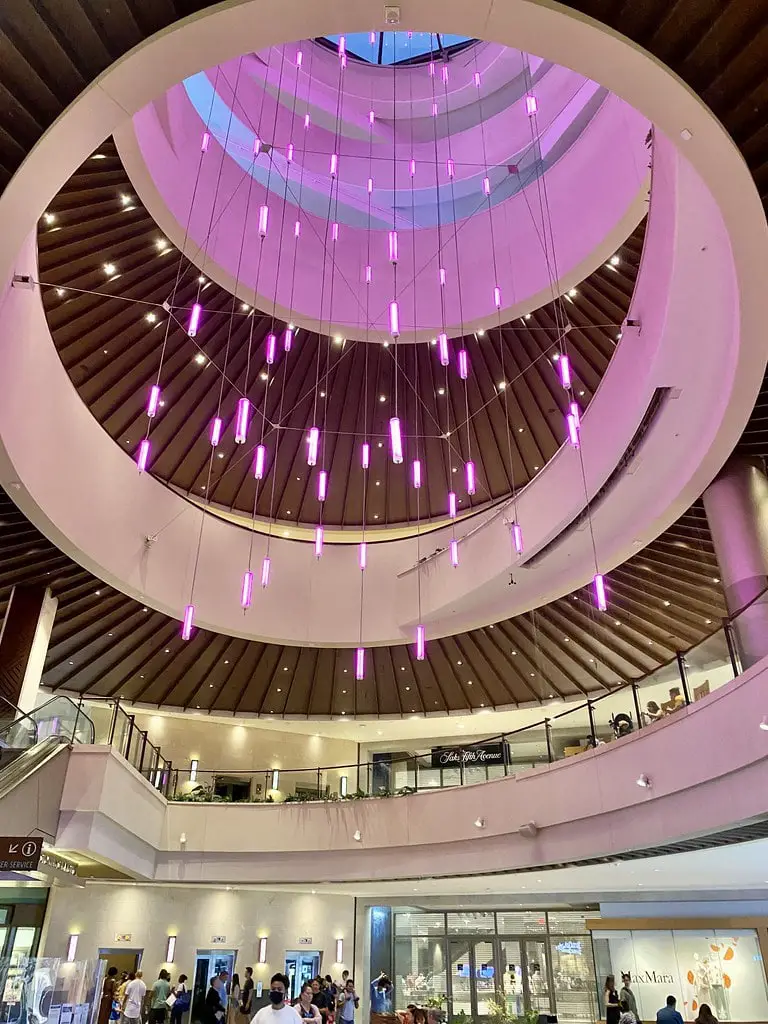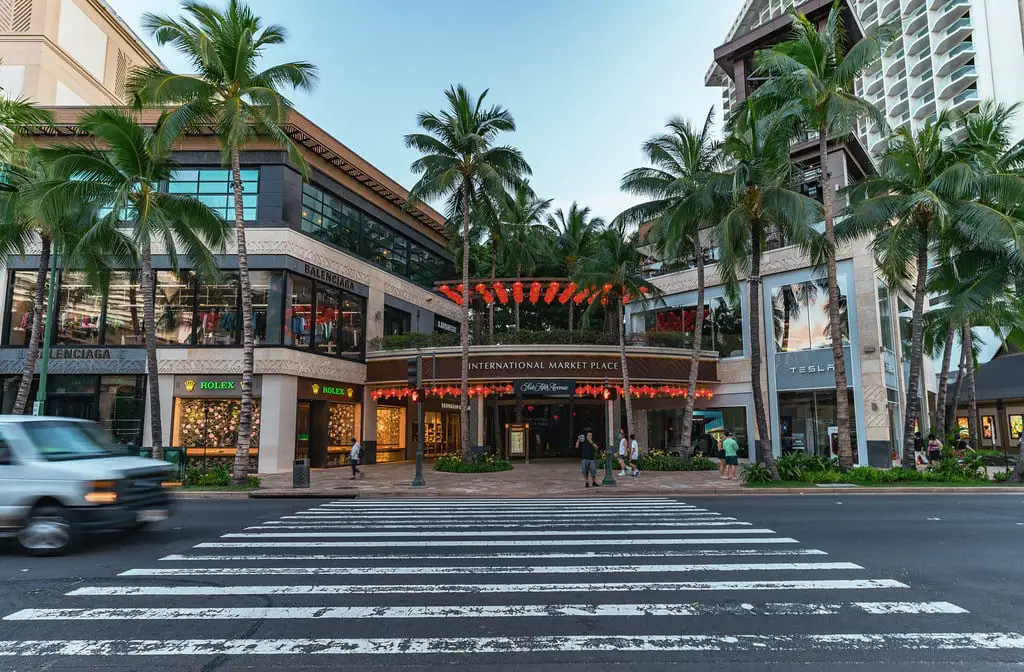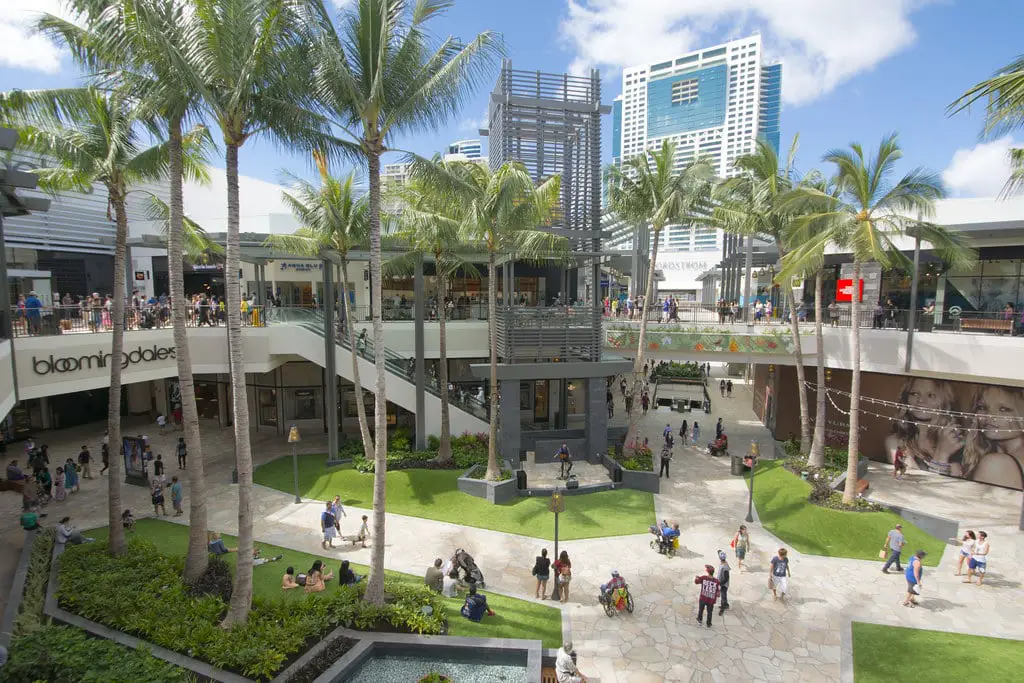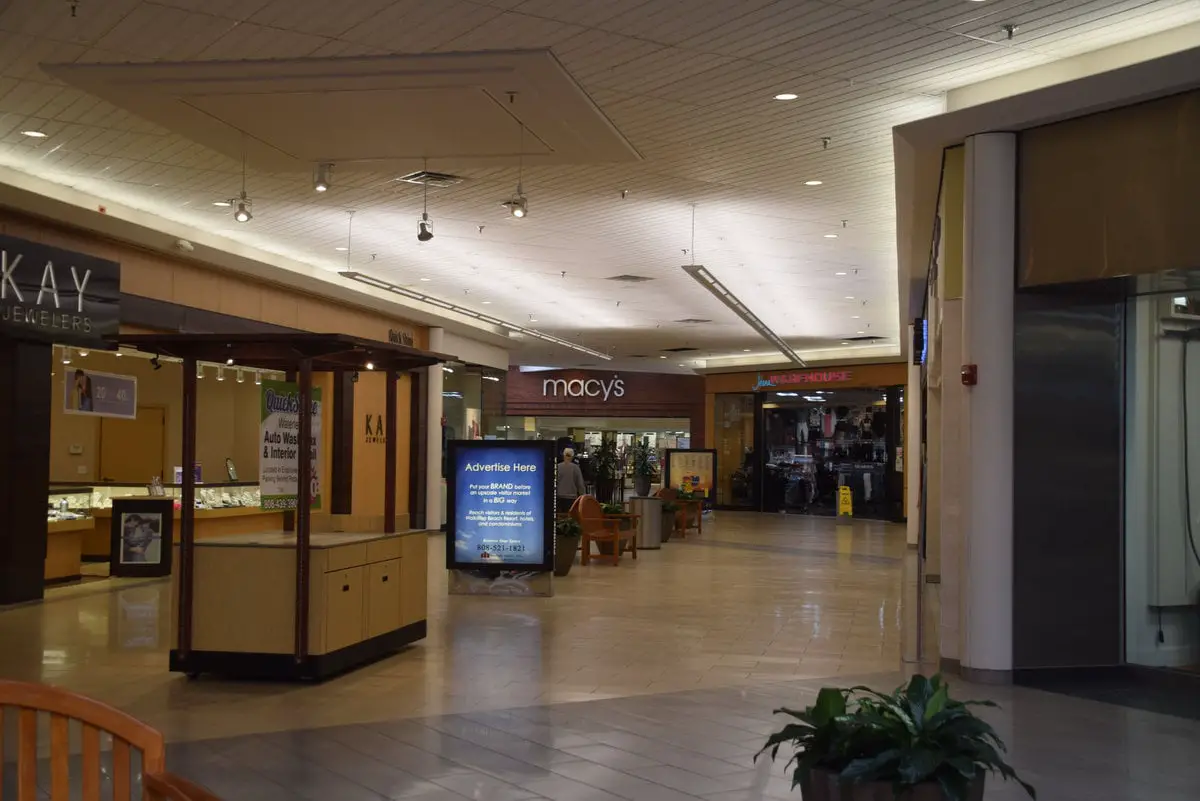The Origins and Early History of the International Market Place
The land where the International Market Place sits today in Waikīkī, Honolulu, has a deep historical connection. Originally owned by King William Charles Lunalilo, the first elected king of Hawaii, the property was once part of his private residence.
Lunalilo, known for his kindness and generosity, eventually passed the land to Queen Emma, a prominent figure in Hawaiian history.
Queen Emma, famous for her humanitarian work, left a lasting legacy, including the founding of The Queen's Hospital, now Queen's Medical Center.
In 1956, as Honolulu began to evolve into a bustling tourist destination, Donn Beach - also known as Don the Beachcomber - leased a piece of this land from the Queen Emma Foundation.
He had a vision to create something entirely new: a marketplace that was more than just a shopping center.
Beach saw the potential for a vibrant hub that would blend commerce, entertainment, and culture all in one open-air space. Working alongside architect Pete Wimberly,
Donn sketched out the concept on the back of a piece of wrapping paper. That casual start would lead to one of Waikīkī's most iconic landmarks.
The marketplace opened to immediate popularity. One of its standout features was a massive banyan tree, which quickly became a defining symbol of the area.
Donn Beach even built his office high up in the tree - a treehouse from which he could oversee daily activities below. Over time, this treehouse became a small but legendary part of the marketplace's identity, representing the place's whimsical and relaxed nature.
Visitors flocked to explore a space that reflected the diverse influences of Hawaii and the Pacific, from the handcrafted wood carvings by artist Edward Brownlee to the small villages symbolizing various Asian and South Pacific cultures.
The marketplace had something for everyone, quickly becoming one of the top things to do in Honolulu, HI.
The 1950s through the 1970s were especially prosperous years for the International Market Place. At its height, it featured over 50 shops, clubs, and restaurants.
Donn Beach himself owned several of the establishments, including the popular Don the Beachcomber's restaurant and the Plantation Beef Steak & Coffee House. The marketplace wasn't just a spot for shopping - it was a place where people gathered for live music, entertainment, and nightlife.
During this period, it stood out as a cultural hub in Waikīkī, helping to define the area's unique blend of local heritage and global influences.
Center for Entertainment and Culture
In its early years, the International Market Place became a key player in shaping the entertainment scene of Waikīkī.
One of the most famous musical genres to emerge from the marketplace was "exotica." Popularized by musicians like Martin Denny, this genre blended jazz with tropical sounds - birds, ocean waves, and island instruments.
Denny's performances, often held at the marketplace's clubs, set the tone for the venue as a place where visitors could escape into a dreamy, island-inspired experience.
It wasn't just about music, though. The International Market Place was home to a variety of cultural venues that reflected Honolulu's diverse population.
For example, the marketplace featured small "villages" inspired by Korea, Japan, China, and the South Pacific islands. These themed sections allowed visitors to explore different cultures through shops, architecture, and food.
The Hawaiian Hālau and the Japanese Tea House were among the most popular spots, drawing tourists eager to experience authentic cultural traditions while they shopped and dined.
Nightlife played a big role in the marketplace's identity. The Dagger Bar, along with other themed bars, became hot spots for those looking to unwind after a day at the beach.
It was a regular stop for many musicians and entertainers, including Don Ho, who performed at various venues within the marketplace before rising to fame at Duke Kahanamoku's Nightclub.
The mix of music, dancing, and local Hawaiian flair created a vibrant nightlife scene that solidified the International Market Place as a go-to destination in Waikīkī.

Decline and Closure in the Late 20th Century
By the 1980s, however, the International Market Place started to face challenges. As larger malls like Ala Moana Center and Royal Hawaiian Center drew more visitors, the aging structures of the International Market Place began to show wear and tear.
It struggled to keep up with visitors' evolving tastes and expectations, and many of its original shops and restaurants either closed or were replaced by less distinctive vendors.
Tourism had also shifted. The casual, tiki-themed charm that once attracted visitors was losing its appeal. As Honolulu developed into a more upscale destination, travelers were looking for luxury brands and high-end experiences.
The marketplace's open-air design and eclectic mix of shops were no longer enough to compete. Without major investments or renovations, it fell into disrepair.
By the early 2000s, many of the buildings were visibly deteriorating, and the marketplace had lost much of the energy that made it famous in its heyday.
In 2013, the International Market Place was closed for a complete overhaul. The once-thriving cultural hub had become a shadow of its former self.
All of the original structures were bulldozed to make way for a new, modern shopping center that could meet the demands of Waikīkī's increasingly affluent visitors. However, preservationists worked hard to ensure that one piece of the marketplace's past - the iconic banyan tree - would remain.
The tree had stood as a symbol of the market for decades, and its survival became a link between the old marketplace and the new development that would open in its place.

The 2016 Rebirth and Modernization
The International Market Place reopened on August 25, 2016, after a three-year, $500 million redevelopment project.
Led by Taubman Centers and CoastWood Capital Group, the new design aimed to create a modern shopping and dining destination while honoring the site's historical roots.
The new International Market Place was designed to cater to a different type of visitor. With 345,000 square feet of retail space spread across three levels, the center now featured 90 stores and restaurants, many of which were high-end luxury brands.
Saks Fifth Avenue became the anchor tenant, occupying an 80,000-square-foot, three-level space that catered to Waikīkī's growing number of affluent tourists.
The open-air design allowed visitors to shop, dine, and enjoy the tropical atmosphere of Honolulu in a much more polished and upscale environment compared to the original market.
Although much had changed, the developers made sure to include elements that paid homage to the marketplace's past. A new treehouse, named "Don's Treehouse," was built in honor of the founder, Donn Beach.
A commemorative plaque detailing the history of the original marketplace and Donn's vision was installed at the site. This blend of modern retail with a nod to the location's history helped the new International Market Place find its place in Waikīkī's evolving commercial landscape.

The International Market Place in 2023-2024
As of 2024, the International Market Place continues to thrive as one of Waikīkī's shopping and dining destinations. Over the years, its tenant mix has evolved to meet changing consumer trends.
Saks Fifth Avenue, the original anchor store, closed in the summer of 2022. In its place, Target will open a new location that caters to both locals and tourists with a more accessible and practical range of products.
The marketplace's restaurant scene has also grown, with 13 restaurants offering a range of dining experiences - from casual eateries to fine dining establishments.
These dining options, combined with ongoing events and entertainment, continue to draw crowds from both within Honolulu and around the world.
Oktoberfest Hawaii returned to IMP in September 2024, featuring three levels of fall beer selections. This event, located in the heart of the shopping center, gives visitors a taste of German traditions while blending in local flavors.
Grand Lānai Restaurant Week, October 4-13, 2024: This culinary event remains a major attraction, offering exclusive deals and experiences at IMP's diverse dining options.
The Market Place regularly hosts live performances, allowing visitors to immerse themselves in the rich traditions of Hawaii through music and dance. These performances are often part of larger cultural celebrations that reflect the deep historical significance of the area.



Loved the old. Won't go near the new.
30 year resident.
Your comment serves as a reminder that while progress is inevitable, preserving the elements that make a place unique is essential.